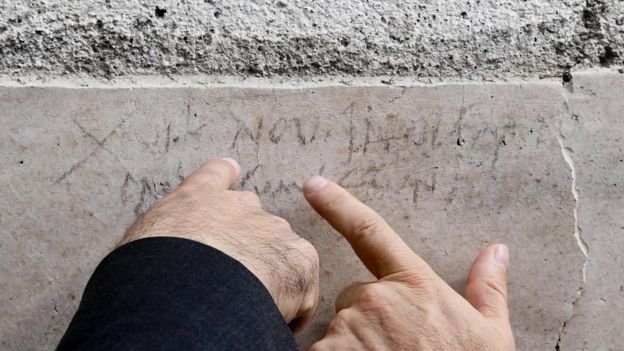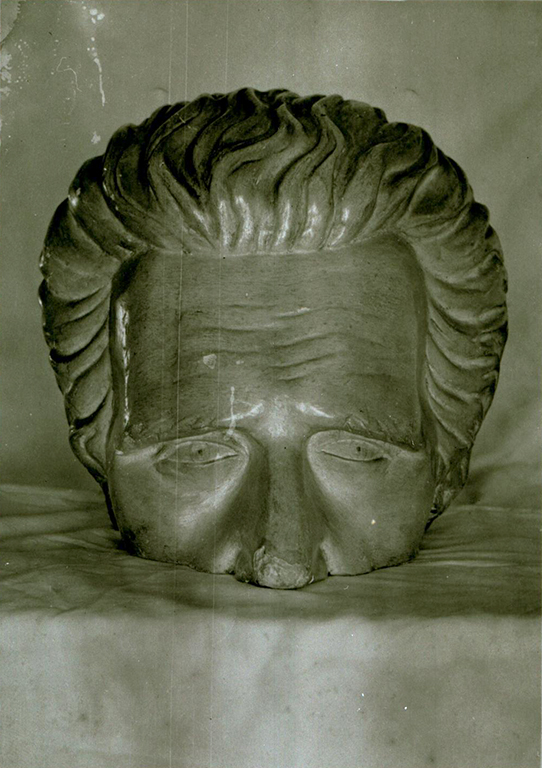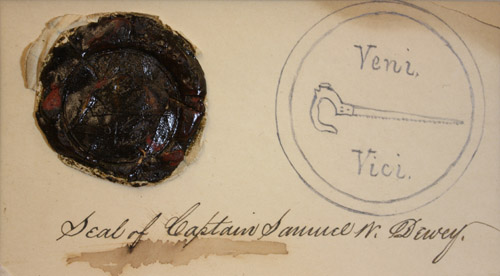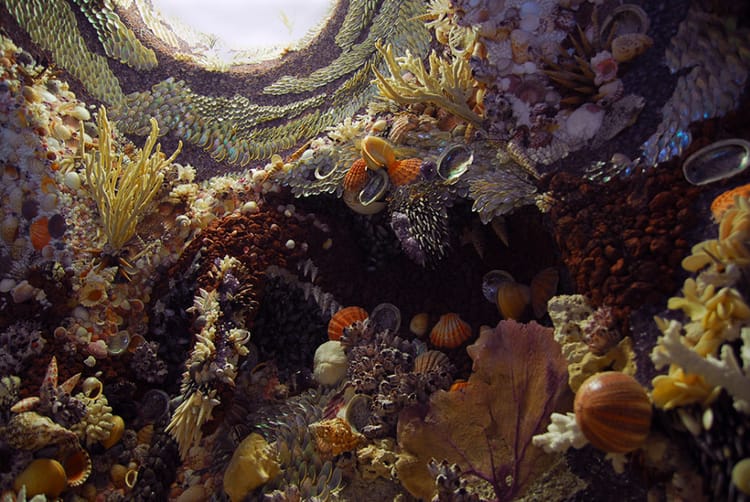brightness and movement of the sea

A man named Martin Parr has spent 20 years collecting Soviet space dog memorabilia and I'm very jealous of his collection. The important thing is you can purchase a decanter of Belka and Strelka online.

Longtime readers will know I'm always interested in the history of language and the meaning of words change, so this piece on how the Greeks thought of color is right up my alley—it starts with how they didn't use the word blue to describe the ocean, it was instead "‘pansy-like’ (ioeides), ‘wine-like’ (oinops), or purple (porphureos)." This is just fascinating:
When the sea is called porphureos, what is described is a mix of brightness and movement, changing according to the light conditions at different hours of the day and with different weather, which was the aspect of the sea that most attracted Greek sensitivity.
In an interesting parallel, scientists know that sharks' eyes see only the blue-green spectrum, but they recently discovered that certain types of sharks emit a bioflourescent glow when viewed in blue light—a glow that we're unable to see without a filter.

A secondary parallel from the pages from The History of Ink, listing out names of ink across languages. I like that you can see the multiple origins, and how Old English and Anglo-Saxon pull from two distinct sources for ink and blæk, respectively.

Pompeii archaeologists have found what they call a "sorcerer's treasure trove," and what's interesting is they believe most of the items are ritualistic, and would have belonged to women!

Also, apparently the accepted date that Pompeii erupted (August 24) is wrong—because they found graffiti that listed a date of October 17, which would have (obviously) had to have been written before the eruption. This is amazing for two-fold reasons: the first, because this is a scribbled inscription in charcoal and I have no idea how it survived, and secondly because the previous date we had was just based on Pliny the Younger's account, which he wrote 20 years after the eruption!

I want a copy of this sign in the Cloisters gardens desperately.

The USS Constitution museum has shared a story about how a figurehead of Andrew Jackson got his head sawn off in 1833. A 28-year-old captain rowed out in the middle of a storm, sawed the head off (there was a metal pole that prevented him from sawing it off at the neck), then went to Washington to try and present it to Jackson. He ended up giving it to Van Buren:
Upon Dewey’s announcing himself as the person who had taken off the Constitution’s figure-head Mr. Van Buren gave a great start and was thrown off his usual balance. Recovering himself, he demanded the particulars of the exploit, which seemed to afford him no small satisfaction.
Dewey's seal later in life, which is Veni (I came), [a Saw], Vici (I conquered), which cannot be improved in any way.

Finally, and I cannot make this stuff up:


No they have not found him, no it is not the first time it has happened in the county.
etcetera: The BBC once described the Teletubby Tinky Winky as "a sweet, technological baby with a magic bag" which is truly A Mood.


